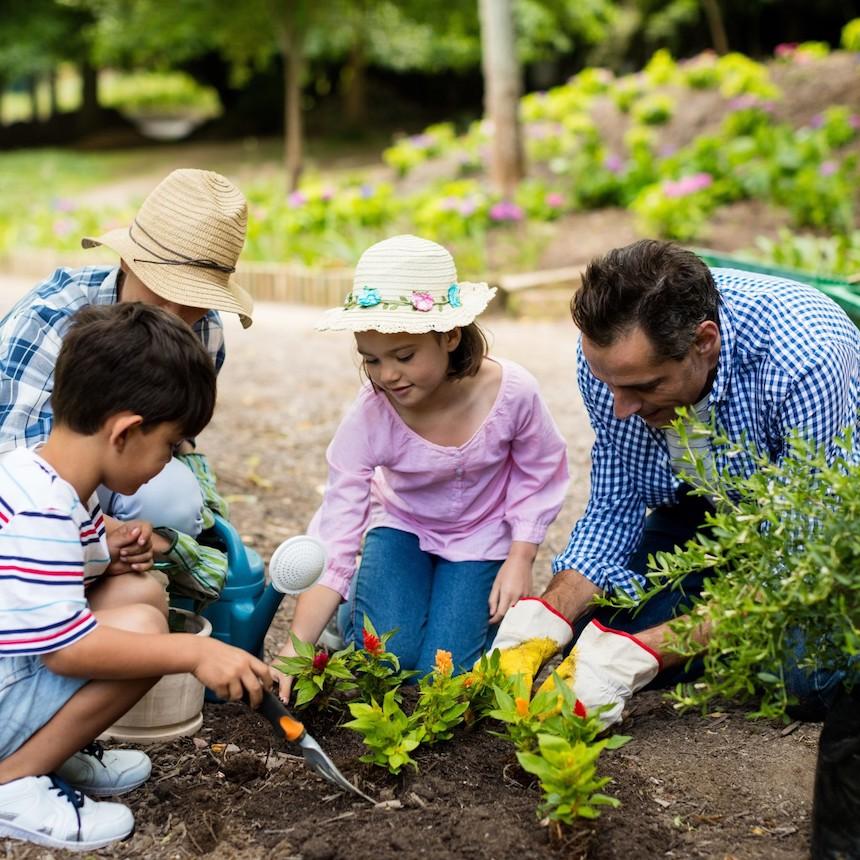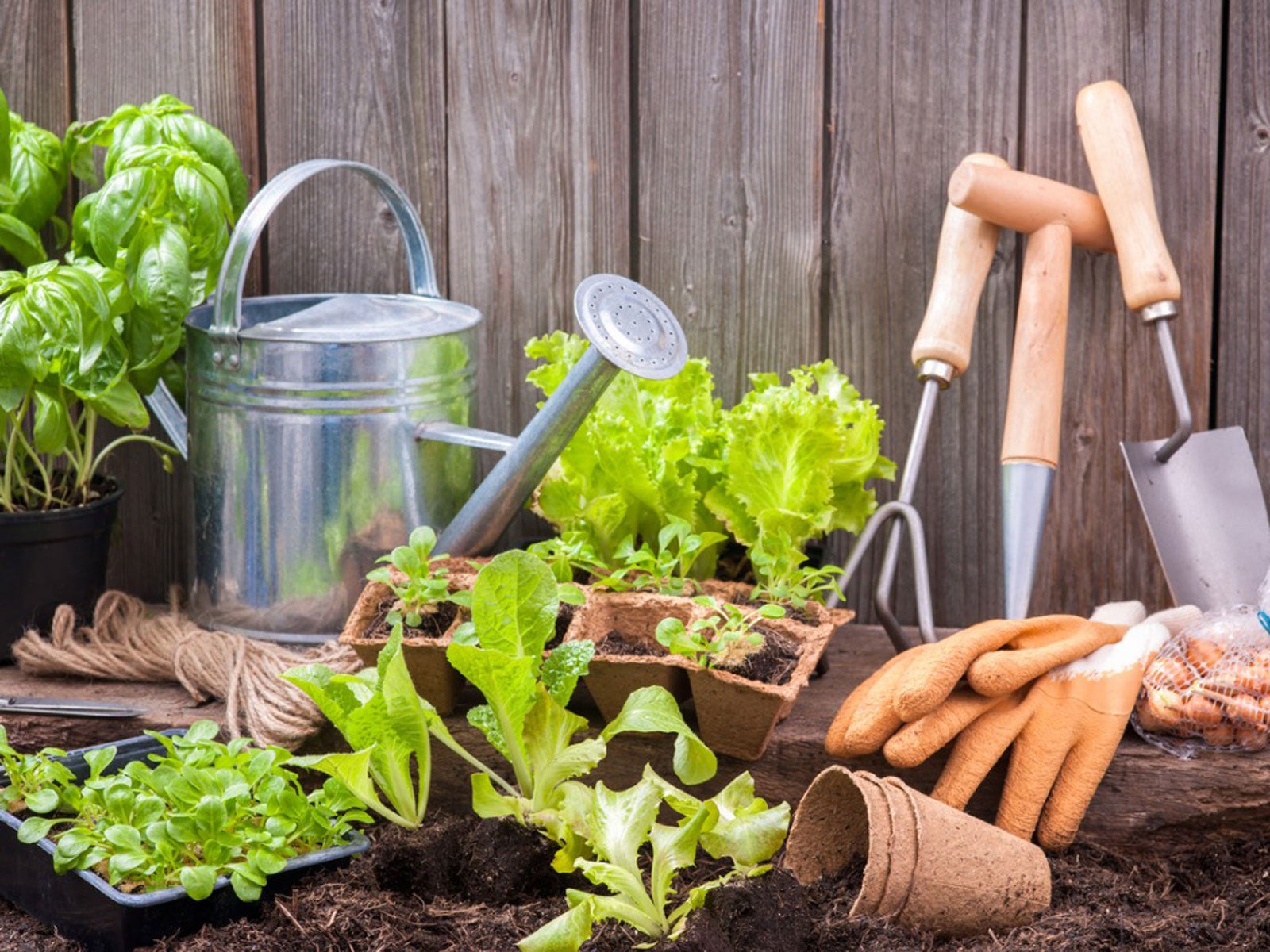Discover the Top Gardening Tips for Growing Indoor Plants
Discover the Top Gardening Tips for Growing Indoor Plants
Blog Article
Professional Gardening Tips for Creating a Sustainable and Eco-Friendly Garden
Embarking on the trip to create a lasting and environmentally friendly yard involves a collection of deliberate options and methods that not just boost the charm of your area yet additionally contribute favorably to the environment. To discover even more sensible techniques and skilled understandings, allow us explore the essential aspects that specify an eco aware garden.
Select Indigenous Plants
Choosing native plants for your garden is a basic action towards accomplishing sustainability. Additionally, native plants commonly call for much less water when established, adding to a lot more effective water use.
Beyond their sensible advantages, native plants play a vital function in supporting local biodiversity. They provide crucial environment and food sources for native wild animals, consisting of pollinators such as butterflies, , and birds. This promotes a balanced ecological community, which is vital for the wellness of your yard and the surrounding atmosphere.

Implement Water Preservation
Executing water conservation techniques is crucial for keeping a sustainable yard. Effective water use not only decreases the environmental influence however likewise ensures that plants obtain appropriate hydration without waste. One effective method is to make use of drip irrigation systems, which provide water straight to the plant origins, reducing evaporation and drainage. This targeted strategy can significantly decrease water use contrasted to traditional sprinklers.
On top of that, mulching is a valuable practice for conserving water. By using a layer of organic mulch, such as wood chips or straw, around the base of plants, garden enthusiasts can lessen dirt dissipation and keep regular dampness degrees. Mulch also helps control dirt temperature level and reduces weed growth, further adding to plant wellness.
Rainwater harvesting is another lasting approach. Installing rain barrels or other collection systems permits garden enthusiasts to catch and store rain, which can later on be used throughout completely dry periods. This not just saves community water but additionally offers a natural, chemical-free resource for watering.
Last but not least, picking drought-tolerant plant types can considerably minimize water demands. These plants are adapted to thrive in low-water problems, making them ideal for environmentally friendly gardens. gardening tips. Applying these water conservation approaches will certainly promote a resistant, lasting yard
Usage Organic Horticulture Approaches

Pest monitoring in a natural garden relies upon integrated insect monitoring (IPM) approaches. These consist of motivating advantageous bugs, making use of all-natural killers like ladybugs and lacewings, and executing plant turning to disrupt pest life cycles. Friend planting, where specific plants are grown together to push back bugs or draw in helpful bugs, is one more reliable technique.
Weed control is managed via mulching and hands-on removal, check these guys out instead of relying upon herbicides. Compost not just suppresses weeds yet additionally preserves wetness and improves dirt wellness as it damages down. Organic mulches, such as straw, timber chips, and leaves, are especially helpful.
Produce Wildlife Environments
Producing wildlife environments within your garden not just improves biodiversity but additionally sustains the community's equilibrium. Deliberately areas that attract and maintain local animals, you can produce a thriving micro-ecosystem that profits both plants and animals. Beginning by integrating native plants, as these are appropriate to your local environment and give vital food and sanctuary for wildlife. Indigenous plants sustains a variety of insects, birds, and little mammals, adding to the ecological network.
Think about including a water attribute, such as a pond or birdbath, to give a constant water source. Water components attract a selection of types, from amphibians to pollinators, boosting the yard's vigor. try this Additionally, installing birdhouses, bat boxes, and insect resorts uses safe nesting sites and urges biodiversity.
Leave some locations of your garden undisturbed, permitting fallen leave clutter and fallen branches to build up. These all-natural particles piles produce environments for bugs and little animals, fostering a well balanced ecosystem. Prevent making use of chemical pesticides and herbicides, as they can damage advantageous wildlife and interrupt food cycle. By focusing on these lasting techniques, your yard can become a shelter for neighborhood wild animals, promoting environmental wellness and sustainability.
Technique Composting and Mulching
A key element of sustainable horticulture, composting and mulching, considerably improves soil health and minimizes waste. Composting involves reusing organic products such as kitchen area scraps, turf clippings, and leaves. These materials decompose to create nutrient-rich garden compost, which functions as a natural plant food. Unlike artificial fertilizers, compost improves the dirt with useful bacteria and essential nutrients, cultivating a much healthier garden ecological check these guys out community.
Mulching, on the various other hand, includes covering the soil surface area with inorganic or natural materials, such as straw, wood chips, or shredded fallen leaves. This practice supplies a number of advantages: it conserves soil moisture, subdues weed growth, and moderates dirt temperature. Compost also slowly breaks down, including organic issue to the soil and more enhancing its fertility.
To exercise efficient composting, guarantee your garden compost pile has a balance of environment-friendly products (rich in nitrogen) and brown materials (abundant in carbon), keeping adequate aeration and wetness. gardening tips. Consistently turning the pile speeds up disintegration. For mulching, use a 2-3 inch layer around plants, guaranteeing it does not straight contact stems or trunks to avoid rot
Final Thought

Picking indigenous plants for your garden is a basic step towards accomplishing sustainability.Additionally, including native plants can boost the visual allure of your garden. These plants are adjusted to flourish in low-water conditions, making them suitable for environmentally friendly yards. Executing these water preservation methods will certainly foster a durable, lasting garden.
In verdict, establishing a green and sustainable garden entails the critical selection of indigenous plants, the adoption of water preservation strategies, and the implementation of natural gardening techniques.
Report this page